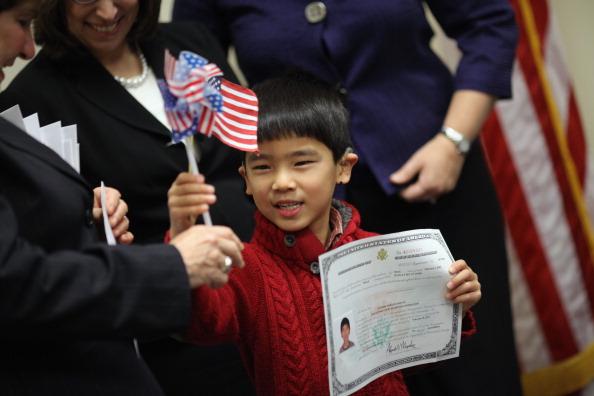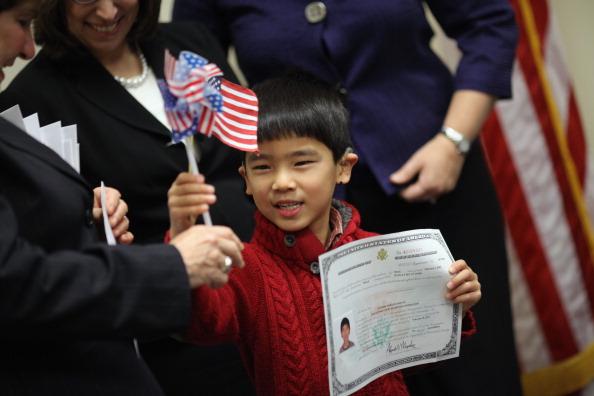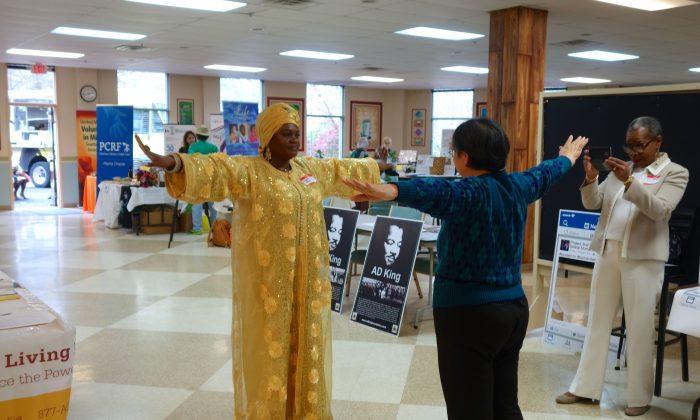Today’s immigrants are likely to put down roots, buy houses, become fluent English speakers, and benefit the economy, according to a report released last week.
Co-authors Dowell Myers and John Pitkin “dug through Census data from decades for over a year,” said Myers at a telephone press conference. The researchers found that the current cohort of immigrants, those who arrived in the 1990s, are on track to succeed as well as previous waves of immigrants, despite the tough economy and political climate.
“Over the long term, immigrants have tremendous success,” said Myers.
“Assimilation Tomorrow: How America’s Immigrants Will Integrate by 2030” was done by staff at the University of Southern California with the Center for American Progress, a progressive think tank.
Myers is a professor at the University of Southern California School of Policy, Planning, and Development, where he is director of the Population Dynamics Research Group. He said they found that wherever immigrants are long settled, they are much more integrated into American society than they are in states that are getting their first significant influx of immigrants.
In California or Texas, he said, people can see that after foreign-born people are here for decades, most achieve material and educational success. In Georgia, Alabama, and the Carolinas, “Residents just didn’t know—they had no experience of neighbors being foreign-born. They don’t know how much they will change.”
The researchers measured English proficiency, living above the poverty line, college graduation rates, homeownership, and finally, naturalization. Among all immigrants, 25 percent in their early years in America became homeowners, but over 20 years the rates rose to 72 percent, even greater than the average rate for native-born Americans.
“The star of the show here in the data is in naturalization, which picks up substantially over 20–30 years, and then homeownership,” said Myers. “Based on previous decades, the progress should be enormous.”
In the new destination states in the Southeast, 60 percent of immigrants are new arrivals, according to Myers. Where immigrants are new, achievement levels are low. New immigrants are more likely to be impoverished and to speak English poorly, he said.
When the southern states passed tough measures targeting illegal immigrants, they “may have put a curse on their own progress. Those who are already homeowners may stay, but renters may go, and unwelcoming states may not get the benefit” of immigration.
The benefit he referred to is immigrants’ economic contribution. According to Vanessa Cardenas of the Center for American Progress, government studies estimate that immigrants will contribute $1.5 trillion to the GDP over 10 years.
“Sometimes in the immigration debate the facts don’t matter,” she said. “The facts do matter. We have to let our elected officials know the facts so policy is based on facts.”
She said the report highlights the resilience of the immigrant community despite social and economic obstacles. “I think it is a story that needs to be told, about how immigrants are connecting to their adopted homeland.”







